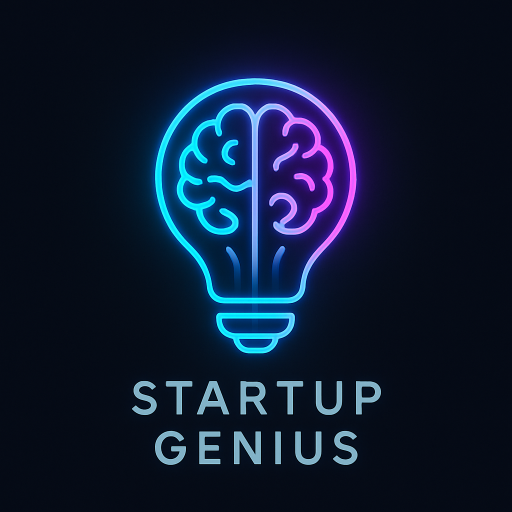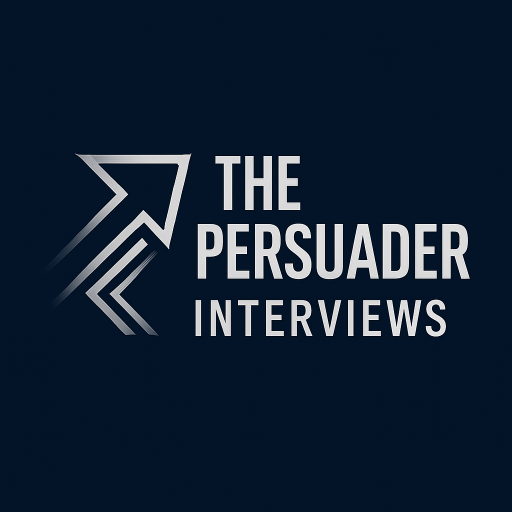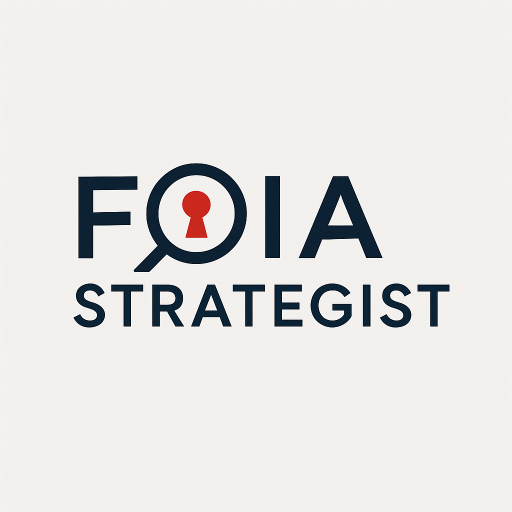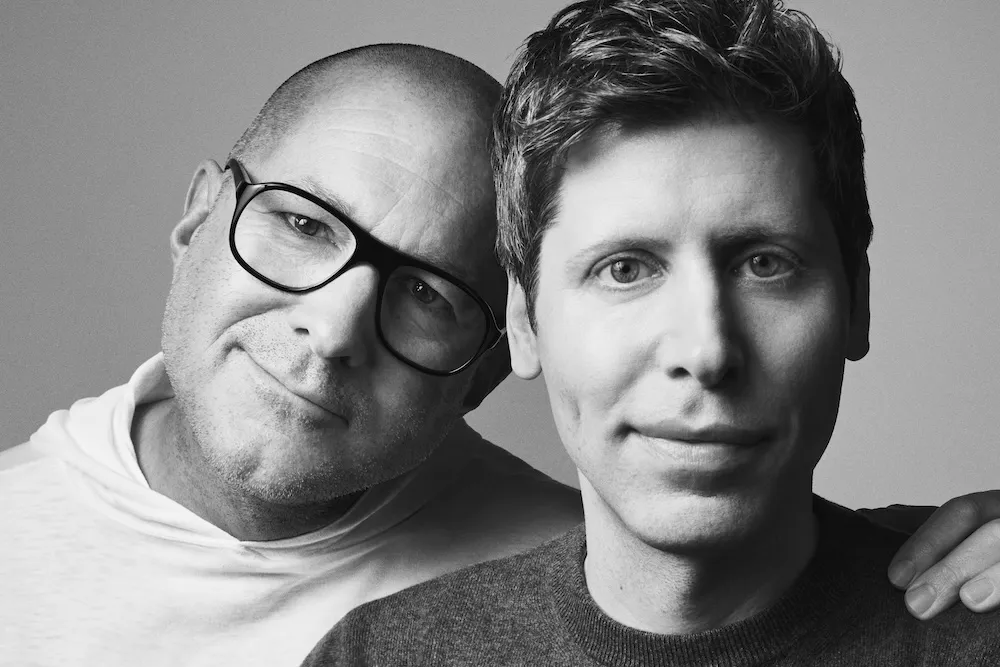Good morning and we're excited to debut a new tool we built for our Closer community. Every week we're looking at the world through the prism of deals – scanning the horizon and doing deep dives. We'll be back with a new edition of Backchannel on Friday. – Bradley
The Tool
Over the past few weeks, I've been on a frenzy creating "custom GPTs," which are mini ChatGPT apps that behave in a particular way and have access to a unique set of data (read the full rundown on my experiments and work flow here). My main inspiration was to create things that solved my own problems and as a first-time co-founder, I've run into weekly, if not daily, situations where I wished I had a trusted business advisor in my pocket. At the end of the day, this always comes down to negotiation – locking in a sale, dealing with investors, figuring out how to traverse difficult, emotional terrain.
So my very first custom GPT was the "Negotiation Wizard." If you have a ChatGPT account, all you have to do is click on the below link and you'll be taken to your own private session with the Negotiation Wizard. None of your data is seen or saved by me – you're interacting with ChatGPT itself, via the prism of this custom GPT.
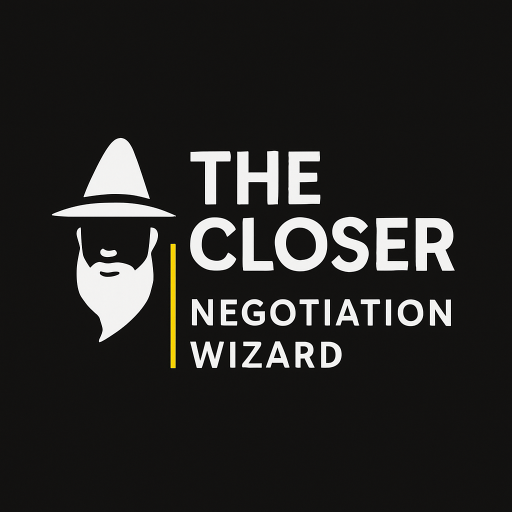
This isn't just an interesting persona to interact with (a classic prompt method is to say "you're a negotiation expert, help me with this problem..."). It's a specially trained advisor who not only has access to all of ChatGPT but has very clear pathways, worksheets, checklists and huge data stores that are unique to these kinds of problems.
It's database has more than 1,000 curated sources spanning negotiation theory, behavioral psychology, cross-cultural intelligence, and applied business practice. The knowledge is organized and synthesized from:
- 200+ peer-reviewed studies from institutions such as Harvard, MIT, Wharton, and INSEAD—covering negotiation psychology, decision science, cognitive biases, and influence mechanisms.
- 100+ negotiation case studies and real-world scenarios from executive-level B2B sales, partnerships, and procurement contexts.
- 80+ cultural frameworks and adaptations, including Hofstede's dimensions and region-specific negotiation norms, enabling nuanced cross-border strategy design.
- 250+ tactical scripts, responses, and role-play examples tailored to sales, vendor, partnership, and internal negotiations.
- 150+ proprietary tools and decision aids, including tactical selection trees, value quantification models, stakeholder mapping templates, and diagnostic checklists.
- 100+ pages of expert-developed negotiation playbooks, including deep dives on anchoring, concession management, objection handling, and crisis tactics.
Here's an example of an experience:
USER:
I've been working at my company for five years, never had a bad review but my raises have been no more than 5%. I think it's time for me to ask for something more substantive. What should I do?
NEGOTIATION WIZARD:
You're in a strong position to initiate a compensation conversation, especially after five years of consistent performance without significant financial recognition. Here's how to strategically approach this:
Strategic Overview
You're navigating an internal salary negotiation where power is moderately balanced but slightly in your employer’s favor (they control compensation policy, but you hold value as a loyal performer). Your objective is to reposition your value using quantified outcomes, market benchmarks, and a credible, assertive narrative.
Tactical Recommendations
1. Value-Based Positioning
- Strategy: Reframe the conversation from “I want a raise” to “Here’s the measurable value I deliver.”
- Mechanism: This taps into loss aversion (what the company risks losing by underpaying a high performer) and contrast effect (framing your current pay as misaligned with your market and contribution).
Example Language:
"Over the last five years, I’ve consistently exceeded expectations. In [specific project or initiative], my contributions led to a [quantified result—e.g., 20% cost savings, new client acquisition, streamlined workflow saving X hours/month]. Given these contributions, I’d like to revisit my compensation to better reflect the impact I’m making."
2. Anchor with Data
- Strategy: Use external market data and internal parity insights to set a credible anchor.
- Mechanism: Anchoring directs the frame of reference upward and influences counteroffers around that point.
Example Language:
"According to [market compensation source], professionals in similar roles with comparable impact are earning 15–20% more. I believe an adjustment in the range of X% aligns with both market benchmarks and my track record here."
3. Pre-Emptive Reciprocity Framing
- Strategy: Tie your raise to forward-looking contributions.
- Mechanism: This activates reciprocity and commitment & consistency, encouraging your employer to invest in someone clearly committed to future value.
Example Language:
"I’m excited about taking on expanded responsibilities in [area X]. With a compensation package that reflects this growth, I’m eager to deepen my impact and help move us toward [specific strategic goal]."
Psychological Principles at Work
- Anchoring: Setting a higher credible reference point influences the range of acceptable offers.
- Loss Aversion: Emphasizing the cost of under-recognition increases the perceived urgency to act.
- Reciprocity & Consistency: Offering a forward-committed value narrative invites a matching organizational response.
Risks & Ethical Considerations
- ⚠ Avoid Aggressive Anchors: Anchors must be justifiable by market and internal benchmarks to maintain credibility.
- ⚠ Don’t Bluff: Only reference outside opportunities or data if they are real or research-based—bluffing erodes trust if challenged.
- ✅ Stay Solution-Oriented: Frame this as a mutual win—better alignment of value, motivation, and retention.
Next Steps
- Would you like to role-play the conversation?
- Do you have quantifiable examples of your contributions I can help you turn into value statements?
- Would you like help drafting a one-pager or presentation to support your case?
Let’s close this gap together—your ask should reflect your true worth.
Please give it a try and let me know what you think. Your feedback would be amazing! And feel free to share with friends and family – it's a free tool, courtesy of your friends at The Closer.
If you like Custom GPTs, here's a few of my other inventions:
